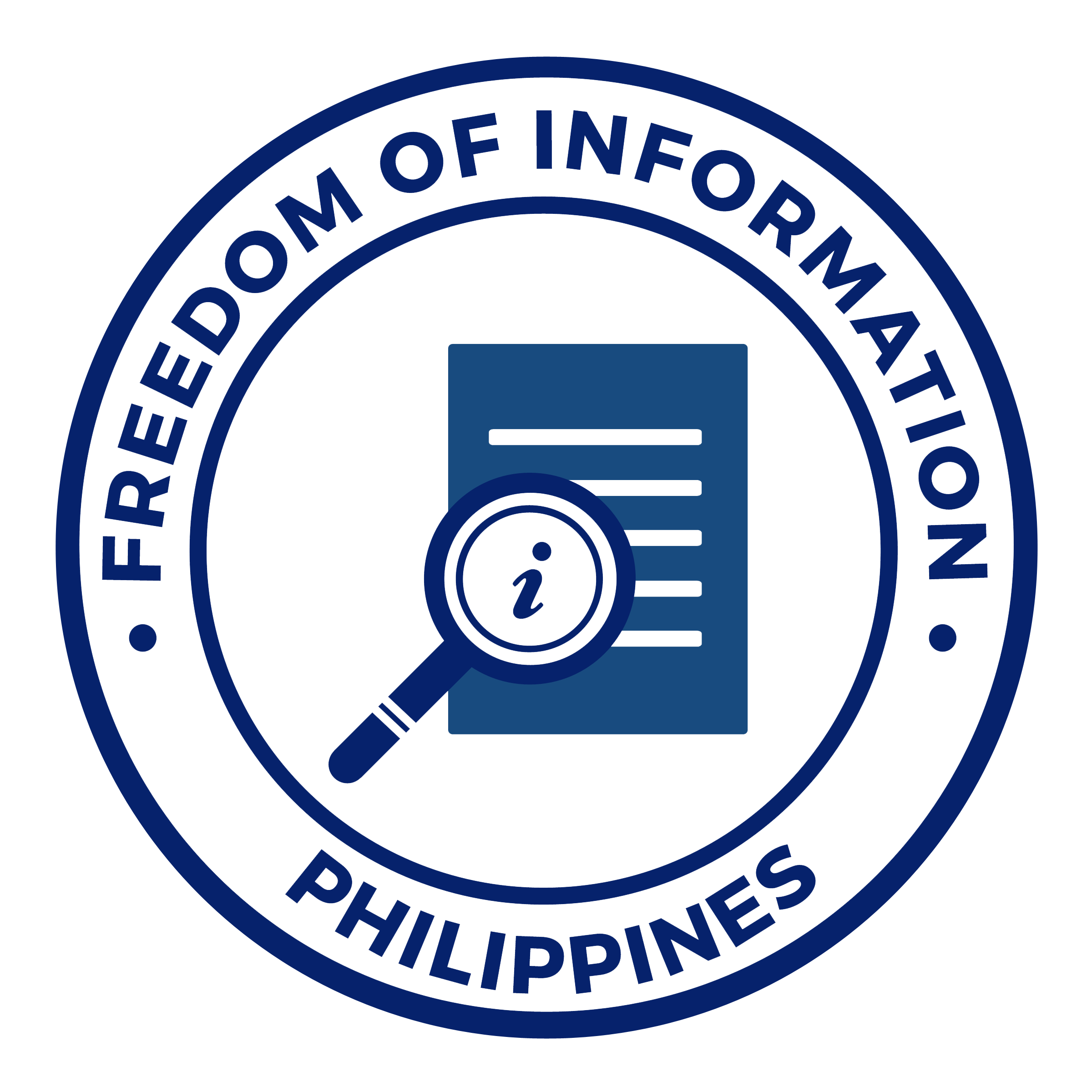HeaRTNovation
Ampalaya Tablet for Type 2 Diabetes
TECHNOLOGY GENERATOR
Institute of Herbal Medicine
National Institutes of Health
University of the Philippines Manila
THE PROBLEM
Type 2 diabetes mellitus (T2DM) is a growing global health concern, particularly in low- and middle-income countries like the Philippines. The increasing prevalence of T2DM is exacerbated by factors such as obesity and lifestyle changes, underscoring the need for effective and accessible treatments. Traditional pharmacological interventions can be costly and may have adverse side effects, highlighting the necessity for alternative therapies that are both efficacious and safe.
THE SOLUTION
Researchers at the Institute of Herbal Medicine (IHM) of the National Institutes of Health, University of the Philippines Manila, have developed an ampalaya (bitter gourd) tablet aimed at managing T2DM. This herbal medicine has undergone rigorous clinical trials, demonstrating a significant reduction in blood sugar levels comparable to the drug glibenclamide. Unlike many herbal supplements, this ampalaya tablet is classified as an herbal medicine, having been extensively tested for safety and efficacy and regulated by health authorities like the Philippine Food and Drug Administration (FDA). The tablet effectively reduces fasting plasma glucose by the third week of treatment and decreases glycosylated hemoglobin after 12 weeks.
TECHNOLOGY DEVELOPMENT STATUS
The ampalaya tablet has successfully completed phases 1 to 3 of clinical trials, validating its therapeutic effects on blood sugar levels. The formulation adheres to World Health Organization (WHO) guidelines and has demonstrated stability at room temperature for at least 18 months. The technology transfer document for the ampalaya tablet was completed in 2006, facilitating its registration as an herbal medicine with the Philippine FDA.
CURRENT NEEDS
The development team is seeking partnerships with pharmaceutical companies and healthcare institutions to facilitate large-scale production and distribution of the ampalaya tablet.
CONTACT DETAILS
Technology Transfer and Business Development Office
University of the Philippines Manila
2/F Main Building, Joaquin Gonzales Compound
Ermita, Manila
ttbdo.upm@up.edu.ph




